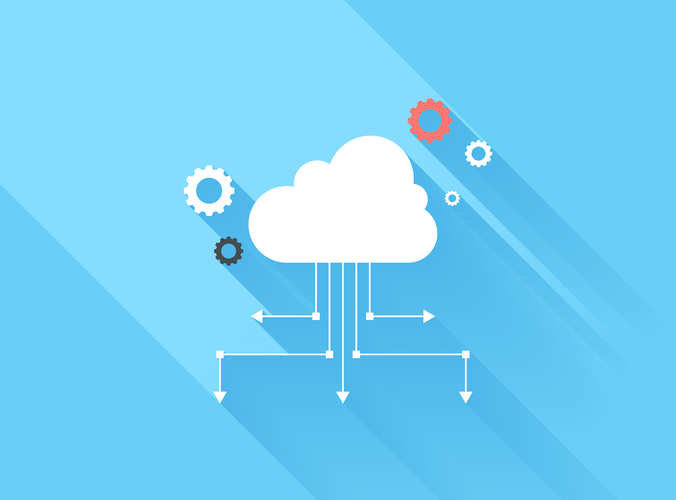CI/CD practices help identify flaws early in the SDLC, making them easier to fix. This reduced overall workload helps lower costs, especially over the long term. Frequent deployments—by focusing on smaller commits and regularly available deployment-ready code, teams can quickly deploy changes to the staging or production environment. Rapid feedback—continuous integration enables frequent tests and commits. The shorter development cycles allow developers and testers to identify issues only discoverable at runtime quickly. As mentioned above, the need for CI/CD infrastructure to operate and scale accordingly to the growing pace of the product team is high.
To make these longer running tests – whether automatic or manual – more efficient, focus on the areas that pose the greatest risk for your particular product and users. The first layer of automated tests is normally unit tests, which you can use to provide broad coverage and alert you to any obvious issues introduced by the latest change. After unit tests you may have a layer of automated integration or component tests, which test interactions between different parts of your code. Run the tests that complete quickest first in order to get feedback as early as possible, and only invest in lengthier tests once you have a degree of confidence in the build.
Continuous Integration (CI), Continuous Delivery (CD) & Continuous Deployment
Even the most committed tester can be forgiven for the occasional yawn as they reset their environment to perform the same steps with a single small variation for the tenth or twentieth time. Having a shorter time to market doesn’t just help you keep up with the competition. Rapid releases provide an opportunity for product managers and marketing professionals to engage more closely with the development process. Getting started with CI/CD requires devops teams to collaborate on technologies, practices, and priorities. Teams need to develop consensus on the right approach for their business and technologies. Once a pipeline is in place, the team should follow CI/CD practices consistently.
Beginning with continuous integration, Cloudify can of course construct realistic test environments either using its native capabilities or by delegating to infrastructure orchestrators like Terraform. Once the environment is in place, Cloudify can provision arbitrary https://globalcloudteam.com/a-gentle-introduction-to-ci-cd-pipeline/ services or subsystems of interest onto the new environment and launch them. Finally, Cloudify can provision and execute integration tests in the environment (multi-subsystem tests, security tests, performance tests, etc.), capping off a complete CI workflow.
Built-in CI/CD features by hosts
Continuous Delivery Understand delivery, deployment, pipelines, and GitOps. When used with other approaches like test coverage, observability tooling, and feature flags, CI/CD makes software more resistant to https://globalcloudteam.com/ errors. DORA measures this stability by tracking mean time to resolution and change failure rate . The right automation tools is the most important step that brings automation test practices into reality.

With a pipeline, developers can build an IDE in 20 minutes or less and get their code into an IDE optimized to run on modern OSs. As these tasks tend to be repetitive and frequently executed in many projects, we can just use a workflow developed by an official company account or an independent open-source developer. Keep in mind a single project can have many different workflows that run different tasks on different occasions.
The Four Aspects of the Continuous Delivery Pipeline
Pipelines are built for a specific product and team needs and expressed as a fixed series of steps. The entire system is first built, tested, then released or deployed. With CI/CD, however, developers can merge all code changes into one central mainline in real-time and validate them through automated testing. If there’s a conflict between updated and existing code, CI/CD makes it easier to source and mitigate that conflict before the software reaches the end-user.
- The Hub lets you to find curated Argo templates, use them in your workflows, share and reuse them in a way that was never possible before.
- An effective CI/CD process ensures that the team has all the tools needed to commit daily, stay on schedule, and drive more product values.
- Most modern applications require developing code using a variety of platforms and tools, so teams need a consistent mechanism to integrate and validate changes.
- Automated testing involves running a suite of tests to ensure that the code changes are functional, meet the expected quality standards, and are free of defects.
- And as a cherry on top, an integrated CI/CD pipeline makes you a more attractive employer to developers.
They include functionality tests developed at the end of every sprint and aggregated into a regression test for the entire application. The regression test informs the team whether a code change failed one or more of the tests developed across the functional areas of the application where there is test coverage. Because the objective is to deliver quality code and applications, CI/CD also requirescontinuous testing. In continuous testing, a set of automated regression, performance, and other tests are executed in the CI/CD pipeline. Automated testing enables continuous delivery, which ensures software quality and security and increases the profitability of code in production. There are several different types of testing all of which can be used together in an automated continuous integration pipeline.
Steps for building a CI/CD team
Popular hosts such as Vercel or Netlify have built-in in CI/CD features that allow you to link an online repository to a given site, and deploy to that site after a given event occurs in that repo. The responses can help teams prioritize which processes should be automated first. After development teams determine how a portfolio will be aligned in a CI/CD model (that is, how a portfolio’s assets will be grouped), teams should make decisions about who will work where. Manual database deployments– databases are complex, mission-critical systems which can be difficult to deploy automatically, especially with schema changes.
